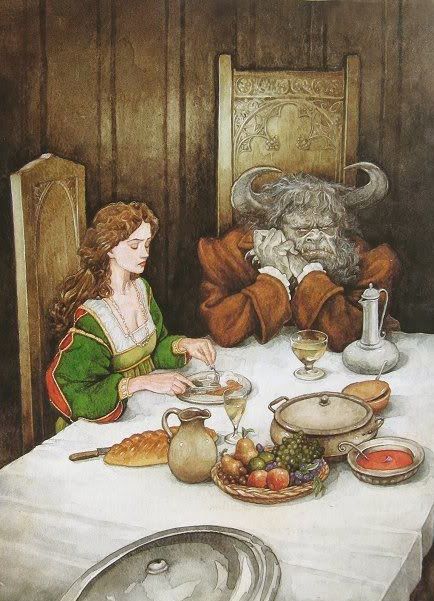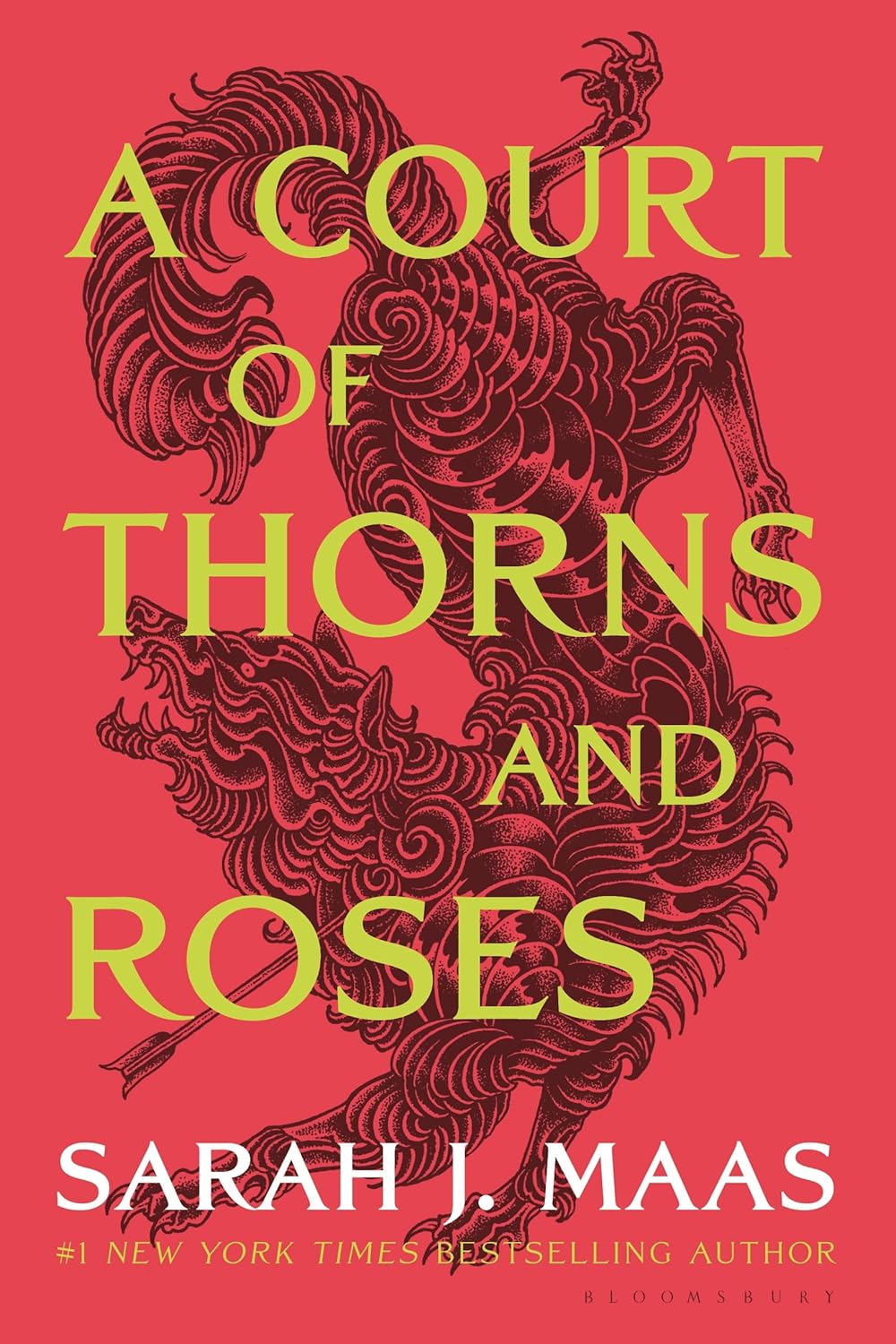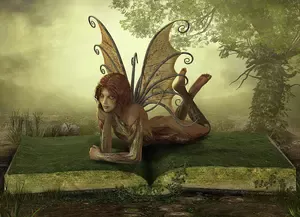- Home
- Fairy Blog
- Fairy Cakes
- Fairy Quotes
- Safety Dance
- The Flower Fairies Books
- What is a Fairy?
- Are Fairies Real?
- Elemental Fairies
- Faeries
- What are the Fae?
- Fae Fantasy Books
- Fairy History
- Origin of Fairies
- Fairies in Folklore
- Pixies
- Pixie Fairy Differences
- Gothic Fairies
- Tooth Fairy
- Fairy Festivals
- Fairy Gardens
- Fairy Garden Accessories
- Fairy Forests
- Fairy Poems
- Fairy Tales
- Fairy Tale Origins
- Classic Fairy Tales
- 24 Fairy Tales
- Fairy Tales around the World
- About Fantasy Creatures
- Dragons
- Dwarves
- Elves
- Gnomes
- Leprechauns
- Mermaids
- Unicorns
- Fairy Face Painting
- Free Fairy Art
- Fairy Coloring Pages
- Fairy Crafts For Kids
- Chinese Dragon Art
- How to Draw a Dragon
- Chinese Dragon Drawing
- Dragon Coloring Pages
- Fairy Tattoo Ideas
- About Us
- Contact Us
- Disclaimer
- Privacy Policy
The Beauty And
The Beast Story
The Beauty and the Beast Story, loved by so many, has been told the world over. Explore this enchanting tale’s history to reveal its origins…Who wrote the original Beauty and the Beast Story?
The immediate source of the material was a collection of tales by Gabrielle-Suzanne Barbot, Dame de Villeneuve (1695-1755) entitled "La Jeune Ameriquaine et les Contes Marins" (1740).
It was over one hundred pages long and involved a ‘stupid’ Beast, who suffered from more than just his change of appearance.
Amazon Audible Promo
With Amazon Audible’s holiday promo ($0.99/month for 3 months) and the release of Harry Potter: The Full-Cast Audio Editions, there's never been a better time to join.
The Beauty and
the Beast Story
In this original novella-length tale, the back-story of both Belle and the Beast is given. The Beast was a young prince who lost his father, and whose mother had to wage war to defend his kingdom. The queen left him in care of an evil fairy, who tried to seduce him when he became an adult; when he refused, she transformed him into a beast.
Belle’s story reveals that she is not really a merchant’s daughter but the offspring of a king and a good fairy. The wicked fairy had tried to murder Belle, so she could marry her father the king, and Belle was put in the place of a merchant’s dead daughter to protect her.
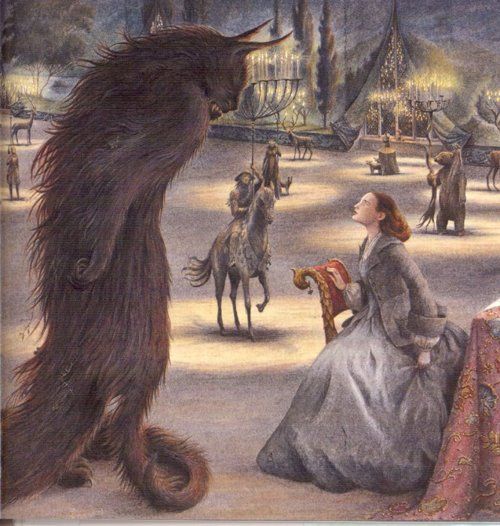
Most Popular Beauty and the Beast Story
The shortened tale by Jeanne-Marie Leprince de Beaumont (1711 – 1780).
Beaumont pared down the list of characters of Beauty and Beast and simplified the tale to transform it into a quintessential fairy tale. This tale was first published in 1756, under the title La Belle et Le Bête as ‘a tale for the entertainment of juvenile readers'.
The changes Beaumont made to Villeneuve’s tale tell another story too, reflecting the social concerns and political changes happening in France at the time.
The oldest Beauty and the Beast story
It is thought by some scholars that the Beauty and the Beast story may have a much longer history. It could be that it has roots in the tale of Cupid and Psyche, the ancient chronicle from the Latin novel Metamorphoses.
This myth, written in the 2nd Century CE by Apuleius, is one of the oldest tales and many believe it to be the first ever literary fairy tale.
“A tale as old as time”
The Ancient Roman tale starts with Psyche’s banishment (by the jealous Venus) to a mountaintop, in order to be wed to a murderous beast. Cupid is sent to destroy her but instead falls in love and flies her away to his castle.
There she is directed to never seek to see the face of her husband, who visits and makes love to her in the dark of night. Eventually Psyche succumbs to her curiosity but accidentally scars her husband with a candle.
In attempted atonement, Psyche offers herself as a slave to Venus, and completes a set of impossible tasks.
Completing the last task (seeking beauty from the Queen of the Underworld), Psyche opens the ‘beauty in a box’ and at once falls into a coma. Overcome with grief, Cupid rescues her. He begs Jupiter that she may become immortal, so that the two could be forever united.
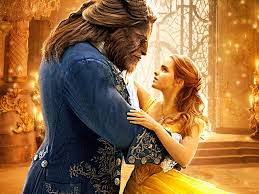 from the Beauty and the Beast Disney film
from the Beauty and the Beast Disney filmBeauty and the Beast from
around the World
Myths and stories have traveled far and wide from
generation to generation and we find similarities in these tales from all
corners of the world.
The Woman Who Married a Snake closely reflects Cupid and Psych yet this first appeared in the Indian Panchatantra, a collection known to have existed in oral form well before it appeared in print in 500 AD. This helps to explain later ‘Beauty and the Beast’ stories, where the French beast is replaced by a snake in the Russian tale of The Enchanted Tsarévich, and the Chinese tale of The Fairy Serpent.
The Beast appears as other creatures too. An English story by Sidney Oldall Addy, where the ‘Beast’ is a ‘Small-toothed dog’, a Danish narrative of ‘Beauty and the Horse’, and the Swiss variant of ‘The Bear Prince.’
The Beast in the Italian tale of Zelinda and the Monster is also no ordinary beast either, but a fire-breathing dragon who requests the presence of the poor man’s daughter.
The tale has many variants from all around the world but remaining constant are the themes of envy unrewarded, of learning to love what may at first appear to be a ‘beast’.
The story of Beauty and the Beast has inspired and entertained generations of readers, writers and artists and continues to do so today.
Read more about Fairy Tales here.
You can see our list of 24 different Fairy Tales here.
Book of the Month
The Best Selling Fae Fantasy Book! A great Christmas gift!
CLICK HERE for more information and best price!
Recent Articles
-
Fae Fantasy Books - where love can be both thrilling and terrifying!
Nov 22, 25 02:34 AM
Fae Fantasy Books - explore new aspects of what it means to be human in a world where magic and immortal beings exist! A perfect blend of danger and allure! -
Water Fairies: Meet the Mystical Undines of the Waters
Nov 19, 25 02:45 AM
Water fairies, often called undines, are enchanting magical beings deeply connected to the element of water. These spirits appear in folklore and fairy tales -
Earth fairies are elemental beings connected to the earth element.
Nov 19, 25 02:34 AM
Earth fairies, also known as gnomes, are elemental beings deeply connected to the earth element. They have rich roots in folklore, mythology, and fairy tales
